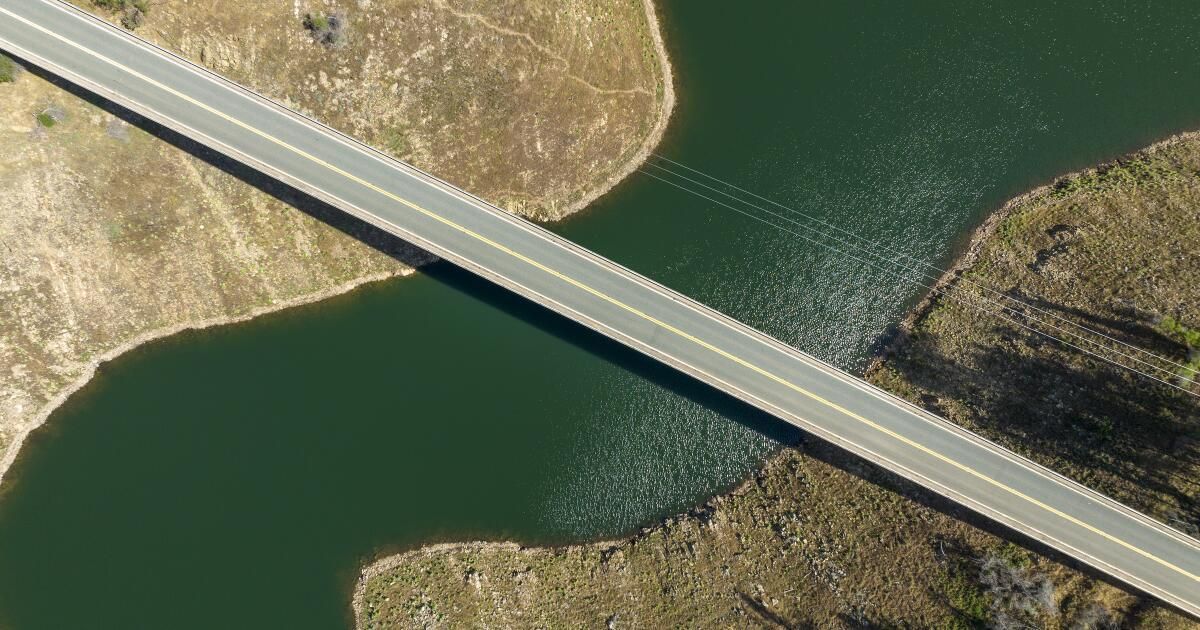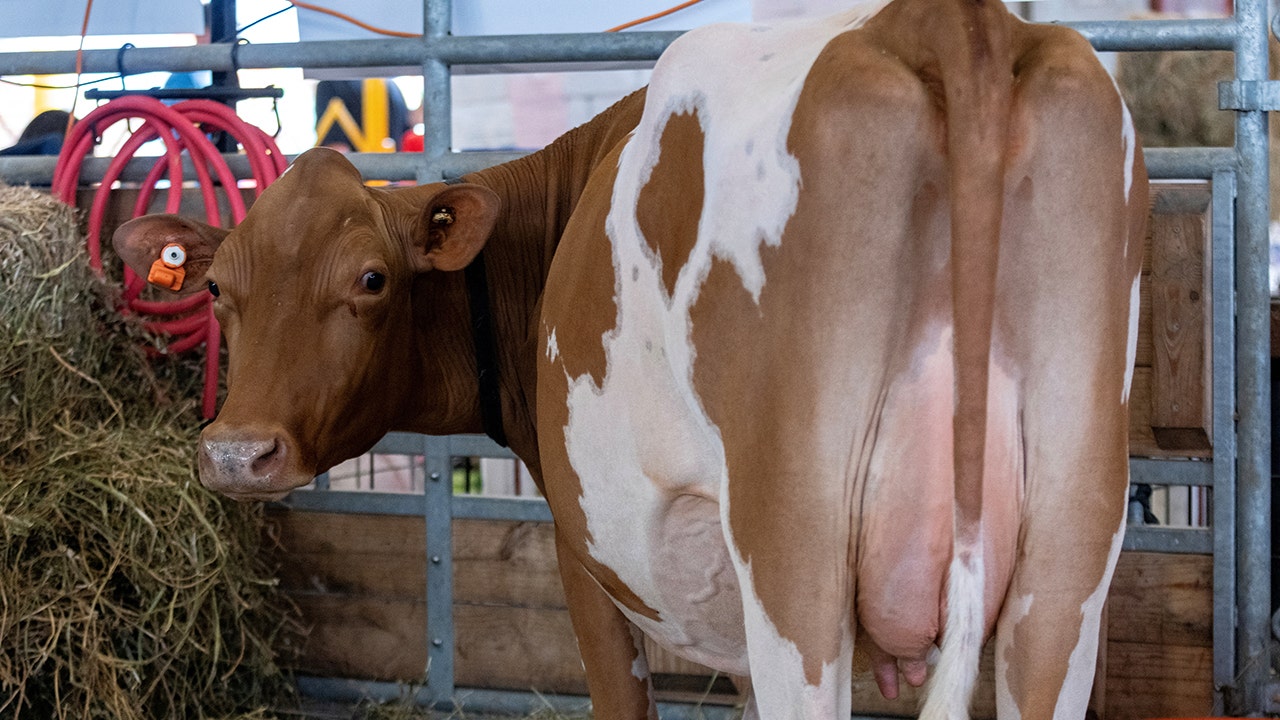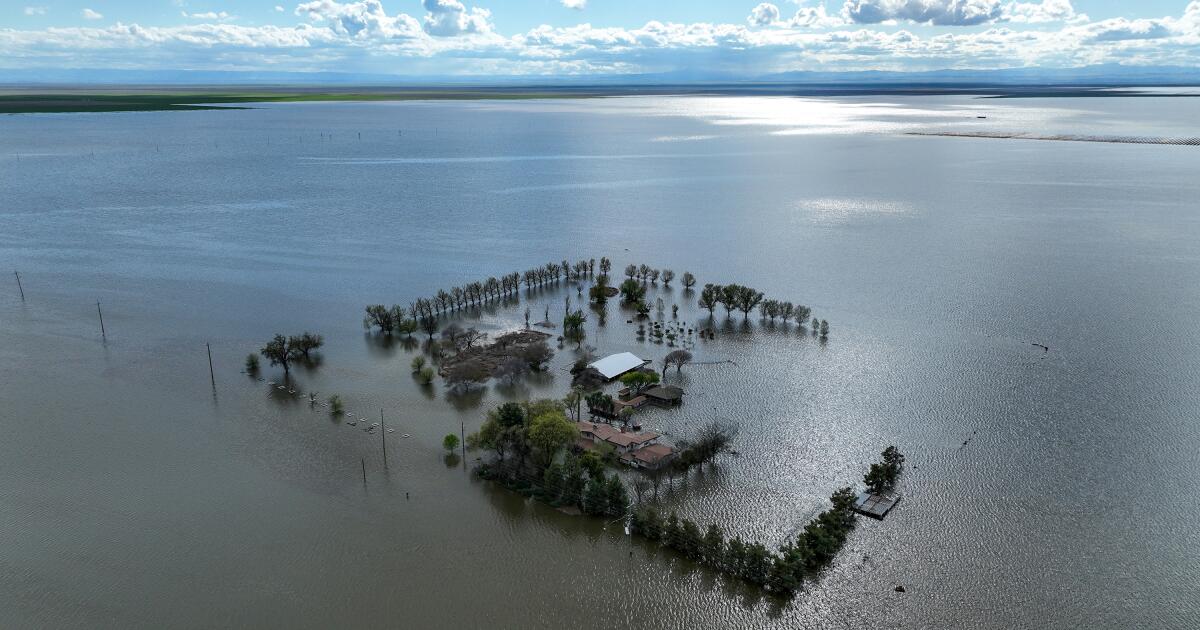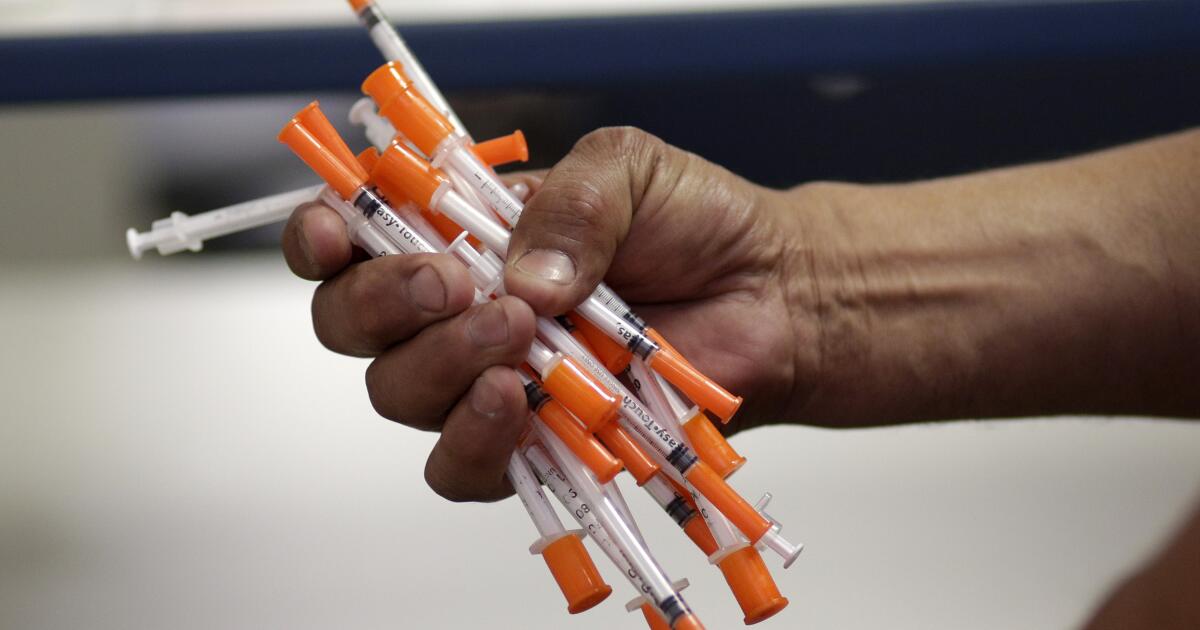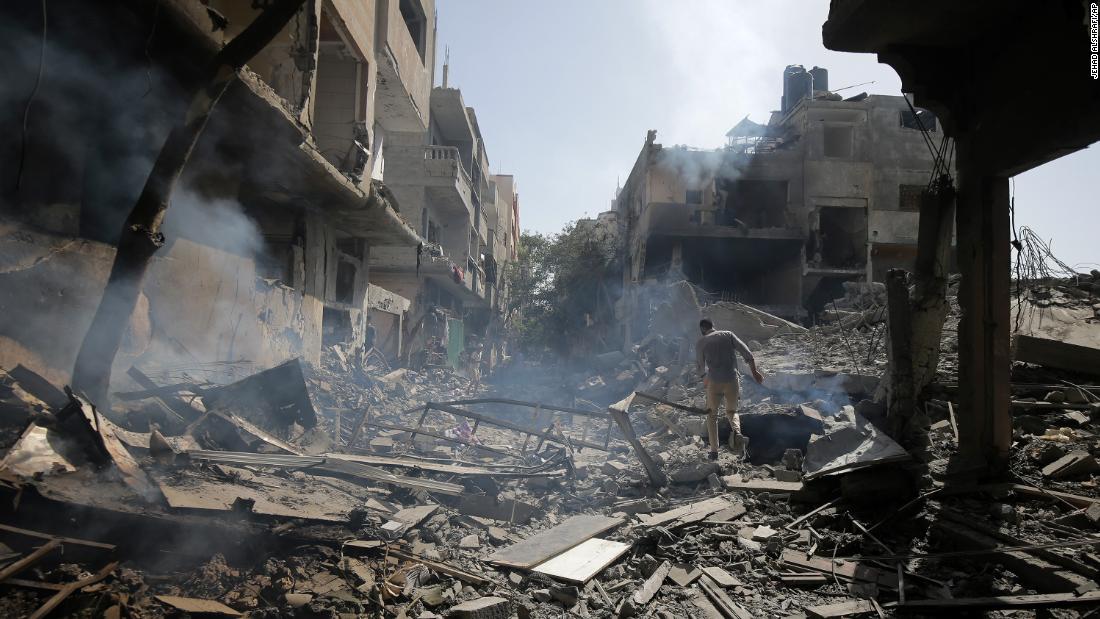After two wet winters stretched California's water supplies, Gov. Gavin Newsom has officially lifted a drought emergency declaration for 19 counties that are home to 70% of the state's population.
The decision will revoke certain drought-related state authorities in counties including Los Angeles, San Francisco, San Diego, Orange and Riverside, among others.
At the same time, Newsom decided to keep a drought state of emergency in place for 39 counties where state officials say significant effects of the severe 2020-22 drought have persisted, including depleted groundwater supplies and threats to native fish.
These 39 counties include regions throughout the Central Valley and in the Scott, Shasta and Klamath River basins, among other areas.
California Governor Gavin Newsom speaks during a visit to the San Diego Zoo in August.
(Derrick Tuskan/Associated Press)
Newsom referred to this week's extreme heat wave when explaining why his administration is maintaining certain drought authorities in parts of the state.
“As this week’s weather demonstrates, California and the West are experiencing extreme weather changes that exacerbate our water challenges and make it more important than ever that we build a climate-resilient water system,” Newsom said. “This targeted action responds to current conditions while continuing the tools and support for ongoing work to help ensure future water supplies in the hardest-hit communities.”
State officials said Newsom’s order is in response to improving conditions in parts of the state while continuing efforts to support drought recovery. They said that where certain drought measures remain in place, they will help the state address ongoing impacts to local water supplies.
“We are continuing to help local communities recover from drought conditions,” said Wade Crowfoot, California’s secretary of natural resources. “In some cases, the powers we have under these orders are quite helpful in supporting local communities.”
California experienced the driest three-year period on record between 2020 and 2022.
Newsom A state emergency was declared due to drought in October 2021 and asked Californians to voluntarily reduce water use by 15%.
The drought ended dramatically in early 2023 when one of the wettest winters on record unleashed flooding and blanketed the Sierra Nevada in heavy snow.
In March 2023, after that series of storms, Newsom reversed course. Some of the strictest measures against droughtincluding an order requiring urban suppliers to activate conservation plans in the event of a 20% shortfall.
According to the US Drought Monitor website, approximately 41% of the state is classified as abnormally dry or in moderate drought. Abnormally dry regions include large portions of Northern California and the southeastern corner of the state.

